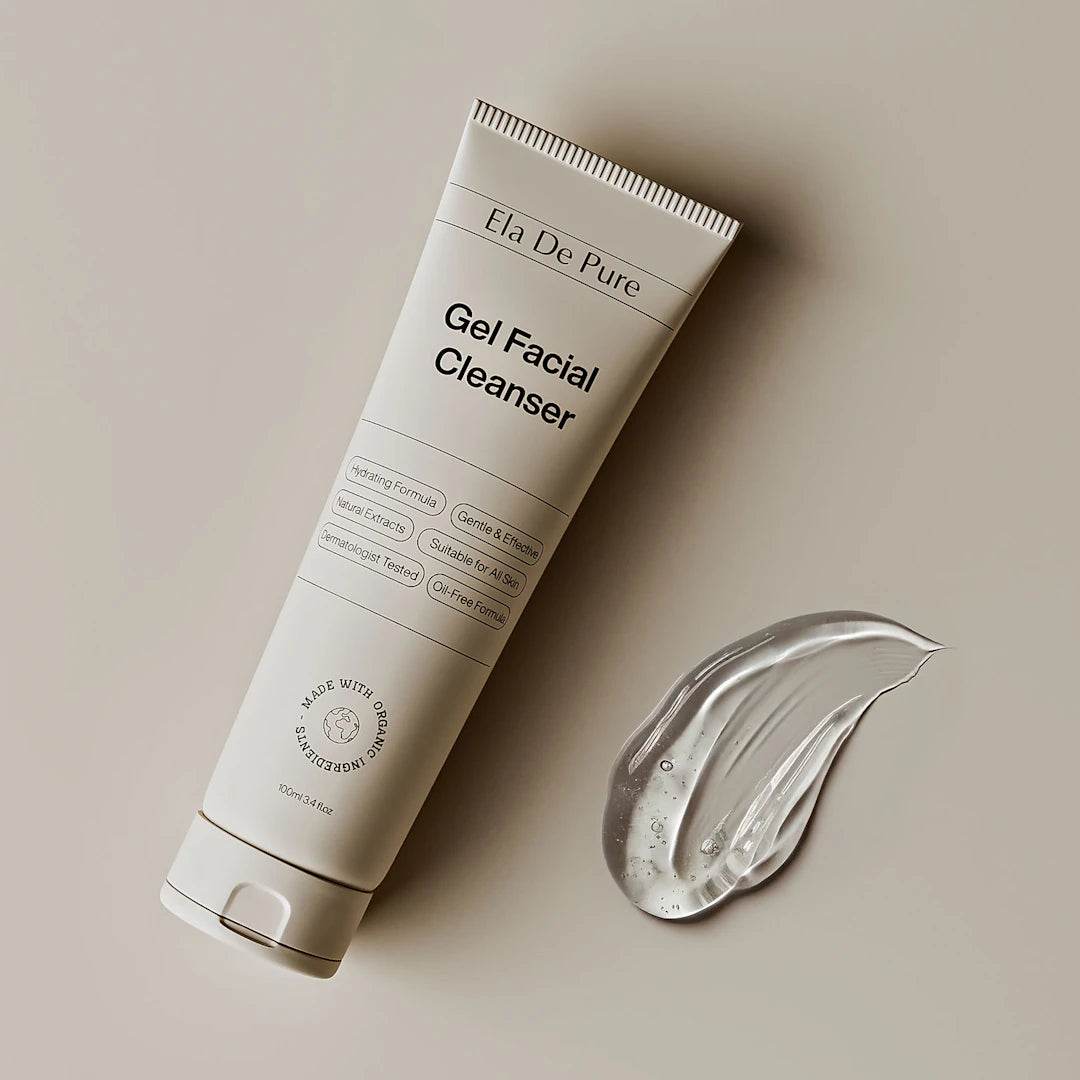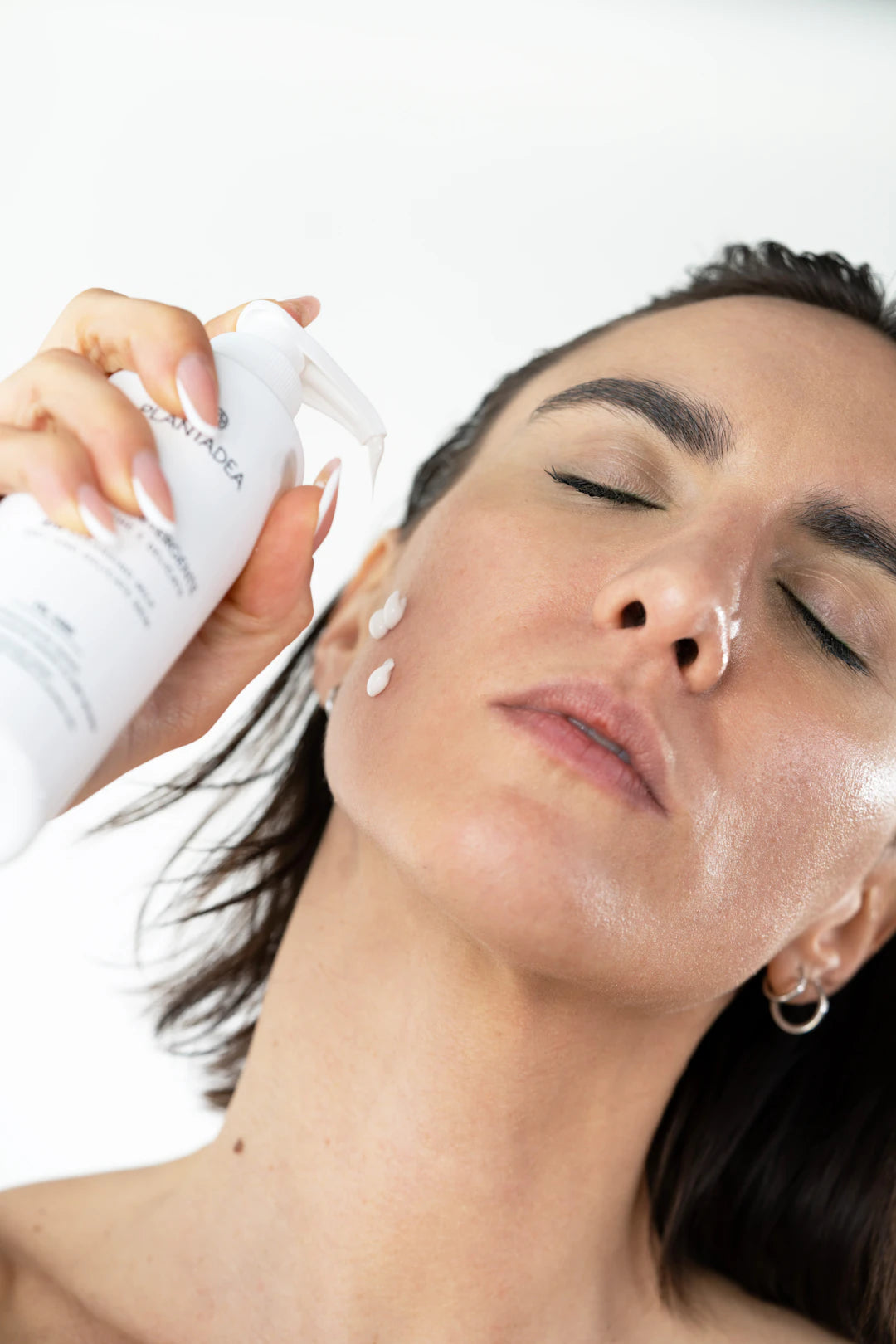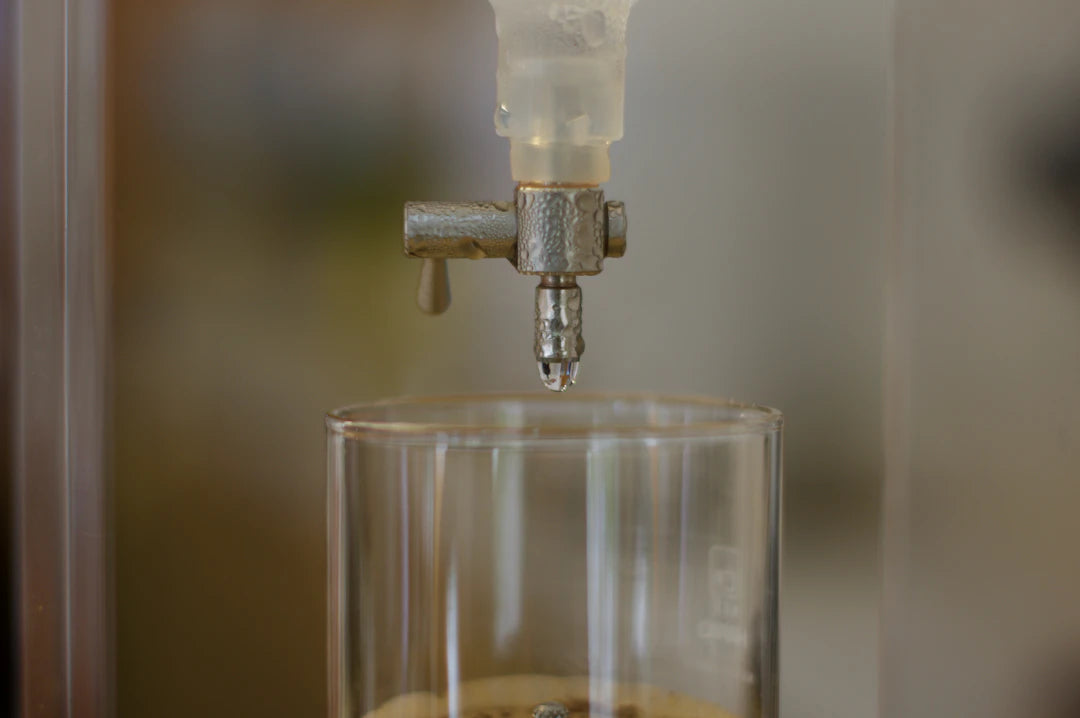The Magic of Exfoliation: Unravel Glowing Skin Secrets

Overview
Exfoliation is essential for healthy skin, helping to remove dead skin cells and improve texture. There are two main types: physical (scrubs and tools) and chemical (acids and enzymes). Frequency of exfoliation depends on skin type: sensitive skin should exfoliate once a week, while normal skin can do so 2-3 times a week. Professional treatments can offer deeper results. Aftercare is crucial for protecting and hydrating the skin post-exfoliation. Overall, incorporating exfoliation into a complete skincare routine can lead to brighter, healthier skin.
Frequently Asked Questions
1. What is exfoliation and why is it important for skin health?
2. What are the different types of exfoliation methods?
3. How often should I exfoliate based on my skin type?
4. Can professional exfoliation treatments provide additional benefits?
5. What aftercare is recommended following exfoliation?
When it comes to achieving radiant and healthy skin, exfoliation plays a pivotal role in any effective skincare routine. This simple yet powerful process helps to reveal fresh, youthful skin by eliminating dead skin cells, enhancing the skin’s texture, and promoting cell turnover. In this article, we delve into the significance of exfoliation, exploring various methods including microdermabrasion treatment, and how to incorporate them into your skincare regime for optimal results.
Understanding Exfoliation
Exfoliation is the process of shedding dead skin cells from the outer layer of your skin. This vital skincare step has been overlooked by many, yet it holds the key to unlocking vibrant, glowing skin. Regular exfoliation not only improves the appearance of your complexion but also aids in better product absorption and promotes a brighter, smoother skin texture.
Why Exfoliation Matters
The skin naturally regenerates every 28 days; however, as we age, this process can slow down significantly. Dead skin cells can accumulate, leading to a dull, rough complexion, clogged pores, and even breakouts. By incorporating exfoliation into your skincare regimen, you can:
- Enhance blood circulation and stimulate collagen production.
- Improve skin texture by smoothing out rough patches.
- Minimize the appearance of fine lines and wrinkles.
- Unclog pores and reduce the risk of acne.
- Boost the effectiveness of serums and moisturizers you apply afterward.
Types of Exfoliation
Exfoliation can be categorized into two main types: physical (or mechanical) and chemical. Each method offers unique benefits, allowing you to choose the perfect fit for your skin type.
Physical Exfoliation
Physical exfoliation involves the use of tools or products that manually scrub away dead skin cells. Common options include:
- Exfoliating scrubs: Granular scrubs contain tiny particles that slough off dead skin when massaged onto the face or body.
- Microdermabrasion treatment: This professional procedure uses tiny crystals or a diamond-tipped wand to semi-invasively remove the outer layer of skin, revealing a more youthful appearance.
- Tools: Devices such as cleansing brushes or exfoliating gloves can enhance your at-home exfoliation techniques.
Chemical Exfoliation
Chemical exfoliation utilizes acids or enzymes to dissolve the bonds holding dead skin cells together. Common types of chemical exfoliants include:
- AHA (Alpha Hydroxy Acids): Water-soluble acids derived from fruits that effectively exfoliate the skin’s surface. They are best suited for dry or sun-damaged skin
- BHA (Beta Hydroxy Acids): Oil-soluble acids, like salicylic acid, penetrate deeper into the pores and are ideal for oily or acne-prone skin.
- Enzyme exfoliants: Natural enzymes, such as those from papaya or pineapple, gently exfoliate without abrasive scrubbing.
Choosing the Right Exfoliant for Your Skin Type
Choosing the appropriate exfoliant is crucial for maximizing the benefits while minimizing the risk of irritation. Here's a quick guide based on skin types:
Normal Skin
If you have normal skin, you have the flexibility to choose both physical and chemical exfoliants. Opt for gentle scrubs or low-concentration AHAs and BHAs that cater to your preferences.
Dry Skin
For those with dry skin, focus on chemical exfoliants, particularly AHAs, which help to hydrate as they exfoliate. Ensure that you follow up with a moisturizer to replenish lost hydration.
Oily or Acne-Prone Skin
Individuals with oily or acne-prone skin can benefit from BHAs as they help clear excess oil and deep-clean pores. Look for products containing salicylic acid to keep breakouts at bay.
Sensitive Skin
Sensitive skin requires gentle care. Opt for mild physical exfoliants, like soft scrubs, or enzyme-based chemical exfoliants, which are less irritating. Always conduct a patch test to avoid adverse reactions.
How Often Should You Exfoliate?
Frequency of exfoliation can vary based on factors like skin type and the method employed. Here are some general guidelines:
- Sensitive Skin: Once a week.
- Dry Skin: 1-2 times a week.
- Normal Skin: 2-3 times a week.
- Oily or Acne-Prone Skin: 2-3 times a week; BHAs can be used more frequently for treatment.
It’s important not to over-exfoliate, as this can lead to irritation, redness, and compromised skin barrier function.
The Benefits of Professional Exfoliation
In addition to at-home exfoliation, professional treatments can elevate your skincare results significantly. Opting for a microdermabrasion treatment or chemical peel can provide deeper exfoliation and enhanced benefits:
- Professional exfoliation can reach layers of skin not typically addressed by at-home methods.
- Skincare professionals can tailor the treatment to meet your specific skin needs.
- These treatments often provide immediate results, revealing smoother, brighter skin.
Aftercare: The Key to Beautiful Skin
After exfoliating, the skin will be more sensitive and susceptible to environmental aggressors. Follow these aftercare tips to ensure your skin stays healthy and radiant:
- Hydrate: Apply a nourishing moisturizer to help restore moisture and lock in hydration.
- Protect: Use sunscreen daily, especially after exfoliation, to shield your skin from harmful UV rays.
- Be Gentle: Avoid harsh products or additional exfoliation for at least 24 hours post-treatment.
Top Tips for a Successful Exfoliation Routine
To optimize your exfoliation routine and reap the benefits, keep these tips in mind:
- Start slow: If you’re new to exfoliation, begin with a gentle product and gradually increase frequency as your skin adjusts.
- Listen to your skin: Pay attention to how your skin reacts. Adjust your routine based on its needs to avoid irritation.
- Mix and match: Don’t be afraid to combine physical and chemical exfoliation methods to achieve the best results for your skin type.
Exfoliation and the Bigger Skincare Picture
Exfoliation is just one piece of the puzzle in a well-rounded skincare routine. Incorporate cleansing, toning, moisturizing, and sun protection for optimum results. Each element works synergistically to enhance your skin's overall health and appearance.
Glow On with Exfoliation!
Incorporating exfoliation into your skincare ritual can lead to transformative results that enhance your natural beauty. Through understanding the different methods, choosing suitable products, and committing to a regular exfoliation schedule, you open the door to brighter, healthier skin. Prioritize exfoliation and see how it unlocks your skin's full potential, leaving you with a radiant and youthful glow.
Linked Product

Microdermabrasion
Microdermabrasion offers a gentle yet effective way to exfoliate the skin, utilizing bamboo beads to remove dead skin cells without causing irritation. Enriched with pumpkin extract and vitamins, it helps to soothe and repair the skin while promoting a smoother complexion. This product is ideal for those looking to enhance their skincare routine and improve overall skin texture.
View Product

